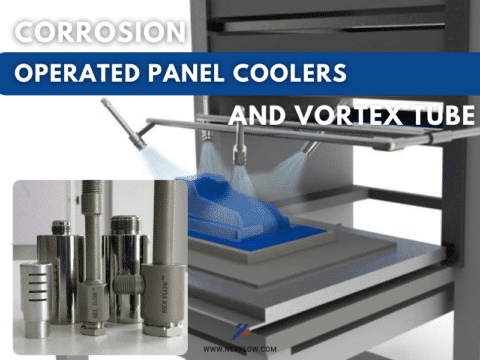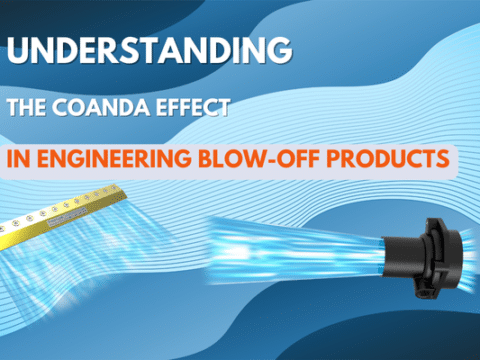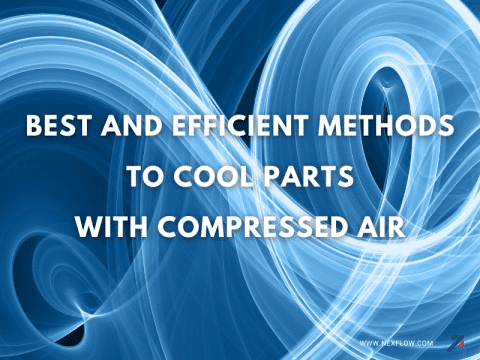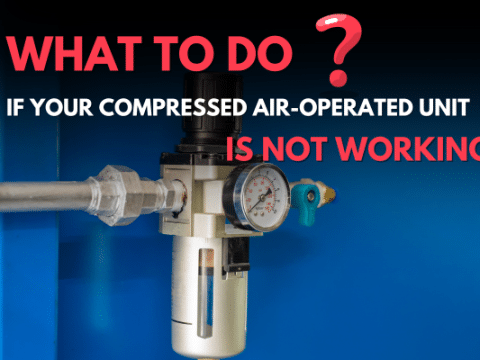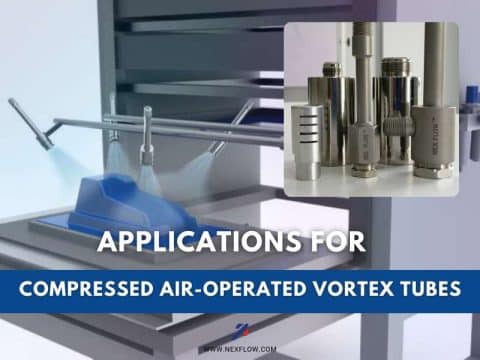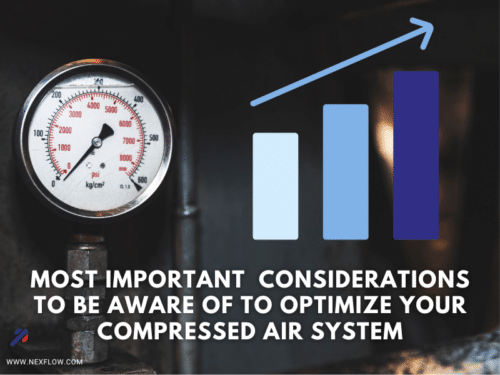
Many articles offer guidance on optimizing compressed air systems, and they often share similar details.
Many articles provide guidance on optimizing compressed air systems. Often sharing similar details. When you sort through them, it comes down to the following things you must be aware of and then address.
- Keep your system in a decent environment. An unkempt system always invites neglect, which tends to cause problems.
- Design and size systems correctly. Undersized piping, lack of air storage, a design that does not consider proper drainage of condensate, improperly sized filers, and lack of regulators and other “controls” to deal with branches of the system on pressure and airflow are all problems. If the design lacks proper elements, make correcting those defects a priority project.
- Monitor air use effectively. Developers are continuously creating and refining systems to monitor compressed air use. They range from simple, low-cost options to more sophisticated, expensive solutions, depending on the air system’s complexity. Basic monitoring can be as straightforward as placing flow meters at strategic locations.
- Be aware of the end use of the compressed air. Since compressed air is invisible, people often overlook it despite its high cost. Whether used by a machine or an air nozzle, the air pressure and flow demands must match the supply.Priority applications should get special attention to ensure that the air supply is adequate, pressure is enough, and that the system is at the necessary level of cleanliness.
- Recognize the importance of regular checks and maintenance. Establish and maintain a regularly scheduled maintenance program, whether through monitoring systems or manual checks. Even simple checks for leaks, worn-out fittings, and clogged filters often lack timely corrective action because of a lack of recognition of the cost of compressed air and the potential for damage without such corrective action.




